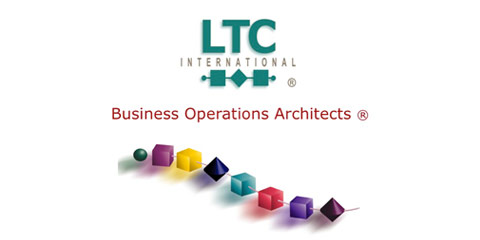|
|

article
page | 1 | 2 | 3 | 4 | 5 | 6 | 7 | 8 | 9 |
Research & Forums
As we mentioned last month, there are many current public efforts. Here is how they characterize the work of defining autonomic communications. Here we briefly look at what each does in their own words.
The Task Force on Autonomous and Autonomic Systems (TFAAS), “was established to address research issues concerned with creating self-directing and self-managing systems (selfware or self-* properties). The overarching vision of AAS is the creation of self-directing and self-managing systems in accordance with high-level guidance from humans to address today's concerns of complexity and total cost of ownership while meeting tomorrow's needs for pervasive and ubiquitous computation and communication.” “The TFAAS … focuses on specifically addressing architectures, frameworks, paradigms, components, tools, environments, languages, applications and lessons for Autonomous and Autonomic Computing and Communications (Systems).”
|
|
Fundamentally, building networks and applications is still a matter of design, not evolution or chance. |
|

for an evolving network which includes the various self-x attributes essential to autonomic communication such as self-management, self-optimization, self-monitoring, self-repair, and self-protection.” They expect to produce an architecture “that enables flexible, dynamic and fully autonomic formation of large-scale networks in which the functionalities of each constituent network node are also composed in an autonomic fashion. This architecture must allow dynamic adaptation and re-organization of the network according to the working, economical and social needs of the users. Moreover, it must support mobile nodes and multiple administrative domains. ” Once this architecture and the fundamental principles are established, ANA will build a working prototype network as a proof-of-concept lab.
CASCADAS: (Component-ware for Autonomic Situation-aware Communications
|
|
|
|

Autonomic Communication Forum ( ACForum): “The ACF initiative is founded on the belief that a radical paradigm shift towards a self-organizing, self-managing, and context-aware autonomous network, considered in a technological, social, and economic context, is the only adequate response to the increasingly high complexity and demands now being placed on the Internet.” The ACForum runs conferences and sponsors academic journal articles.
Autonomic Network Architecture (ANA) is an EU funded 4 year project under the Future Emerging Technologies program: “ANA takes on the challenge of not only producing original scientific research results and a novel architectural design, but also showing that they work in real situations, and using the experience gained experimentally as feedback to refine the architectural models and other research results.” ANA seeks “to identify fundamental autonomic networking principles
|
|

and Dynamically Adaptable Services) has been funded by the EU as a “blue skies” research project involving 14 universities, organizations, and service providers. “The aim of CASCADAS is to develop networks which can – to an extent - think for themselves. Ideally, the systems could run themselves better with little human influence. This is of great interest to business, as it offers lower-cost services in computing and networks,” says Maurice Mulvenna, a senior lecturer on computer science at the University of Ulster's School of Computing and Mathematics. [Foyle News, 11/1/2006]
“CASCADAS studies how strategic needs impact on future communication paradigms. The central objective of CASCADAS is to identify, develop, and evaluate a general-purpose abstraction for autonomic communication services, in
article
page | 1 | 2 | 3 | 4 | 5 | 6 | 7 | 8 | 9 |
|
|
|
|
|




